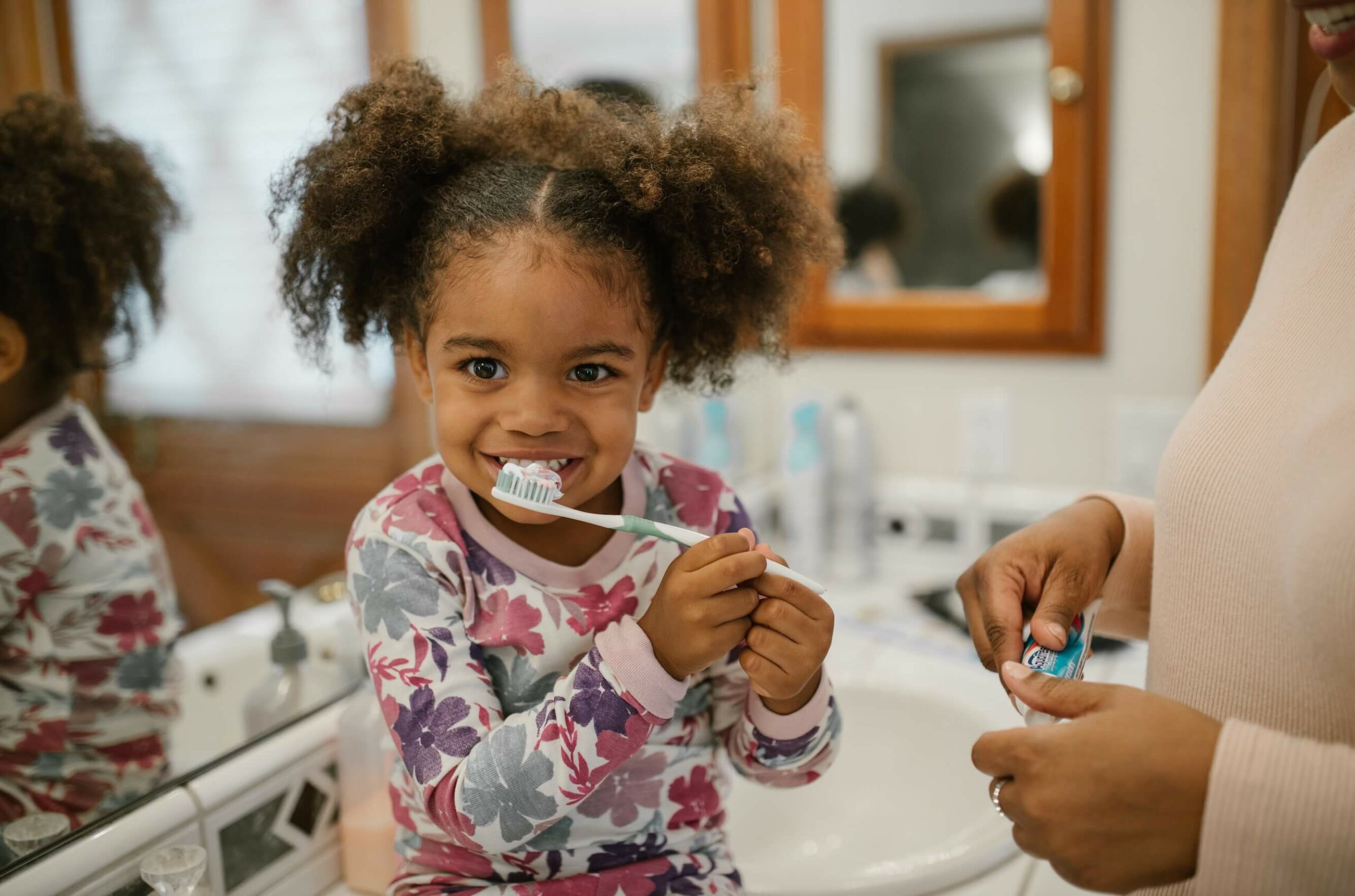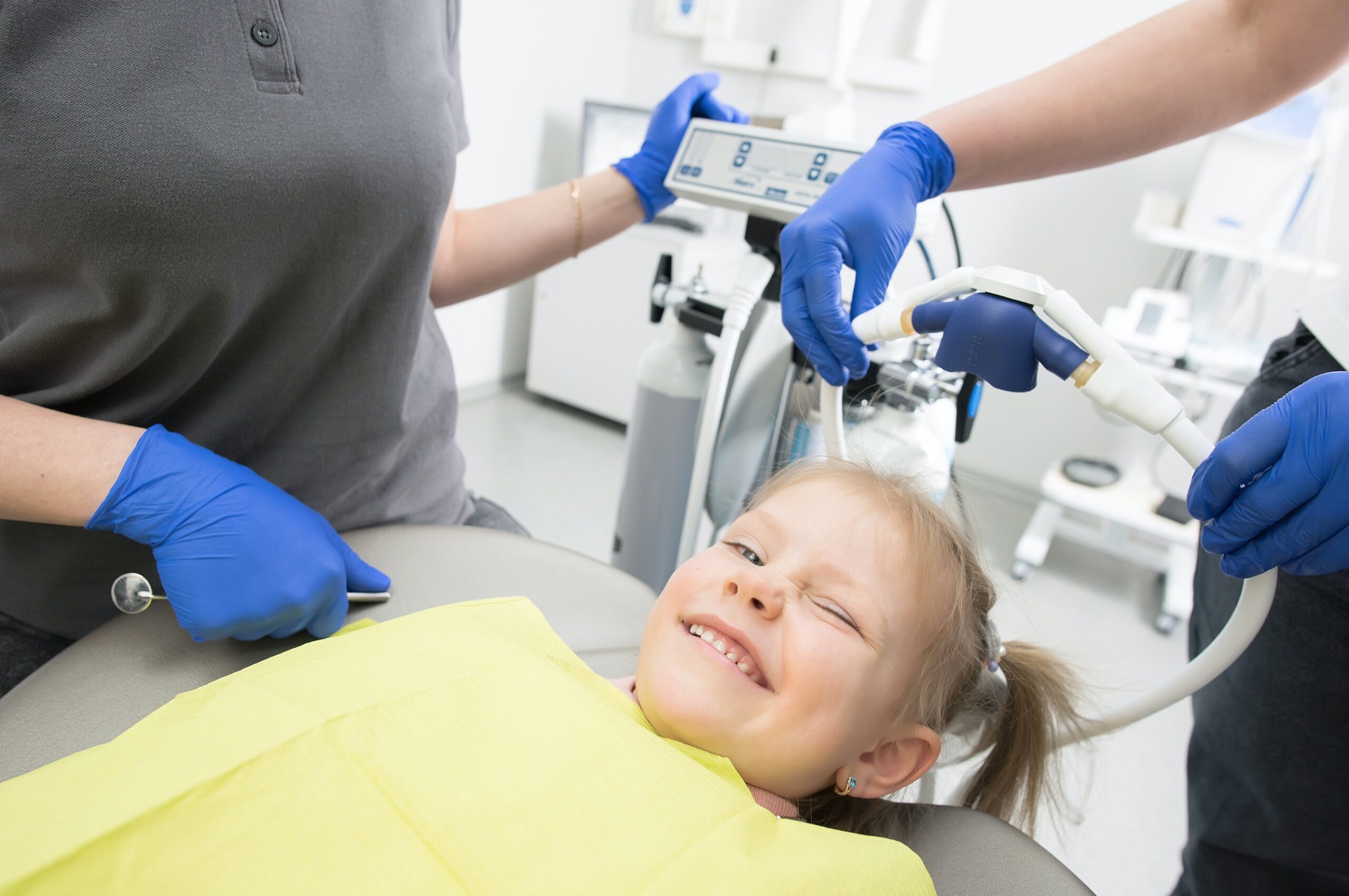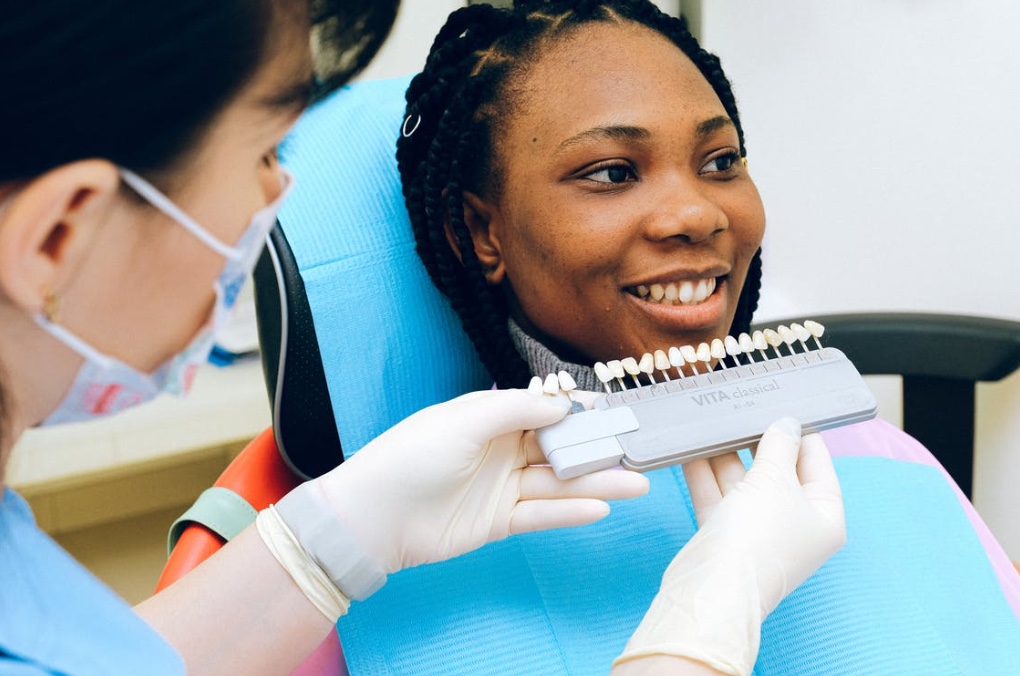Pediatric Dentistry

Building A Foundation for Bight and Healthy Smiles of the Future
Your child won’t keep their first teeth forever, but those tiny pearly whites still need conscientious care. Maintaining your child’s dental health now can provide many health benefits in adulthood.
A child’s primary teeth serve as guides for the eruption of permanent (adult) teeth. Primary teeth hold the space into which these new adult teeth will form. The crowns of the permanent teeth will push against the roots of the baby teeth, causing them to melt away and allow the adult teeth to take their proper place.
Until around age twelve, your child’s smile will have a combination of primary and permanent teeth. Make sure that those teeth stay healthy and are lost naturally in the proper timing.
Caring for Your Child's First Teeth
Your child’s first twenty baby teeth will typically start to appear between three and nine months, or as late as twelve months. The two lower front teeth usually erupt first, followed by the two upper teeth. The child’s first molars push in next, followed by the canines.
Sometimes your infant will experience teething discomfort during this growth process. To help make your child more comfortable, your baby’s gums and newly emerging teeth should be gently wiped after each feeding. This can be done with a water-soaked gauze pad or damp washcloth. After age 2, when there are more teeth in the mouth, establish their daily brushing routine. Teach your child proper dental care with a small, soft-bristled toothbrush and a thin smear of fluoridated toothpaste. They may need your assistance with this routine until they’re about six years old. Make it fun for the whole family!


Pediatric Dental Treatments
There are many modern dental treatments offered to prevent tooth decay in children, or to repair their teeth when necessary.

Topical Fluoride
Fluoride is incorporated into the enamel of the child’s teeth, making the enamel harder and more resistant to decay. Although there is only a small amount of fluoride in most toothpastes and in some sources of drinking water, a higher concentration of fluoride can be professionally applied to your child’s teeth for maximum protection.

Dental Sealants
During the dental sealant process, a plastic coating is applied to prevent cavities by sealing the tiny grooves on the chewing surfaces of back teeth known as “pits and fissures.” These small crevices can serve as the perfect environments for decay-causing bacteria. Immature tooth enamel is more penetrable and much less resistant to tooth decay. Dental sealants provide years of protection for your child’s smile.

Root Canal Treatment
Adults often have a root canal treatment to save an injured or severely decayed tooth. Sometimes children need root canals, too. Baby teeth serve as important guides to the emerging permanent teeth that are already forming below your child’s gums. Saving them from premature tooth loss can help prevent a malocclusion (“mal” – bad; “occlusion” – bite) that often requires long-term orthodontic treatment.

Bonding
Chips and fractures to front teeth are common childhood occurrences. These injuries and damages can be repaired with modern tooth-colored bonding materials. These lifelike resins are made of plastic and glass, but be used on baby teeth as well as permanent teeth. Dental bonding, if conducted by a skilled professional, can last until a child has completed facial growth.
